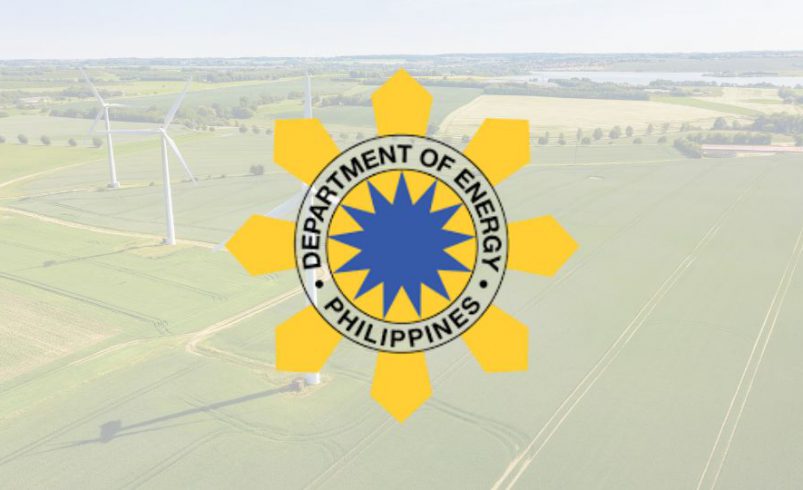DOE Refines Offshore Wind Auction Rules in Dialogue with Stakeholders
- July 1, 2025
- 0

The Department of Energy (DOE) is moving forward with the country’s first-ever offshore wind auction under the Green Energy Auction Program (GEAP), after holding a virtual dialogue with key stakeholders to redefine the draft terms of reference for the bidding process.
The dialogue, held on June 30, brought together representatives from various government agencies, particularly from the Environment, Health, Labor, Maritime, and Energy sectors, as well as private stakeholders and investors. The two-hour consultation focused on ensuring that the rules for Green Energy Auction 5 (GEA-5) are practical, transparent, and suited to the unique challenges of offshore wind development.
Unlike previous rounds, GEA-5 will use a more detailed set of criteria to evaluate bids. In addition to price, the DOE will assess technical readiness, permitting progress, grid connectio
To strengthen financial accountability, the DOE clarified that only bank guarantees, irrevocable standby letters of credit, or cash deposits will be accepted as performance security. Surety bonds will no longer be permitted.
The agency also warned that any project delayed by more than three years due to the developer’s fault may face revocation of its Certificate of Award and Certificate of Endorsement for the Green Energy Tariff. However, lenders will retain their “step-in rights,” allowing them to take control of projects before any penalties are imposed.
DOE Undersecr
Participants in the consultation reportedly welcomed the constructive tone of the discussion. With a goal of adding 3,300 megawatts of offshore wind capacity between 2028 and 2030, GEA-5 is considered a critical phase in attracting renewable energy investments and bolstering the country’s energy security.
The DOE emphasized that strong cooperation between the government and private sector will be the key to achieving the Philippines’ clean energy goals.
Follow Power Philippines on Facebook and LinkedIn or join our Viber community for more updates.